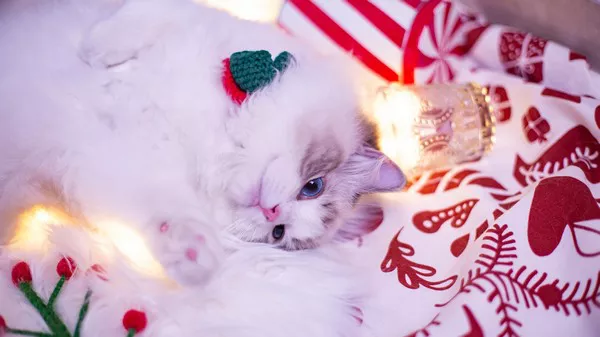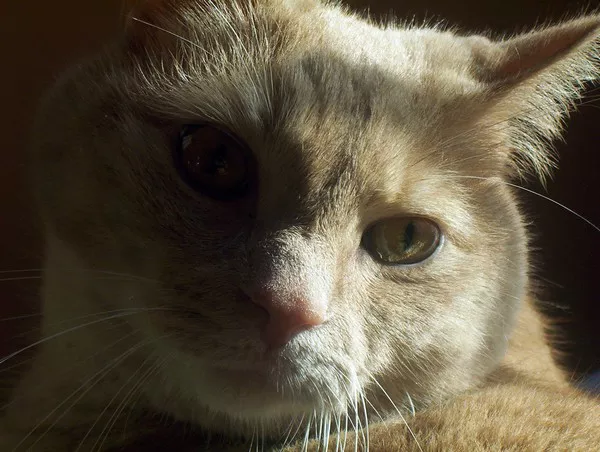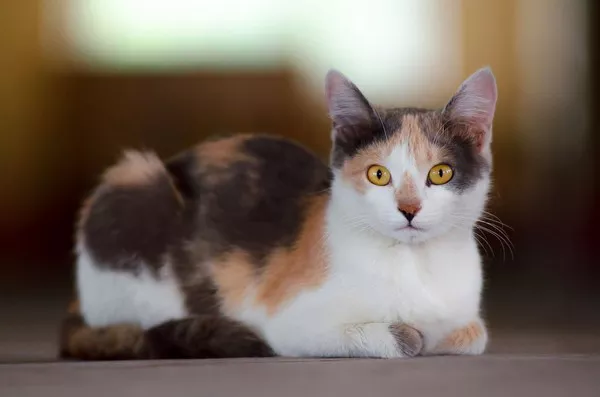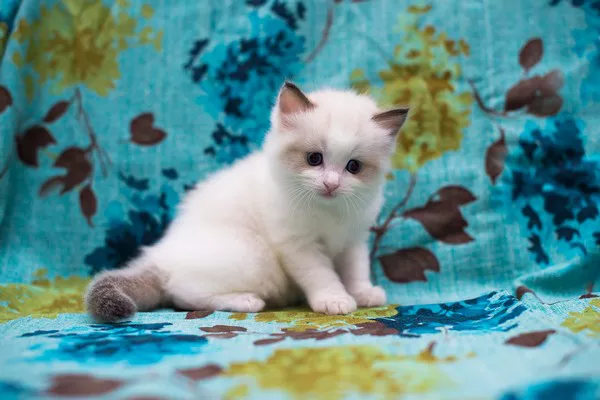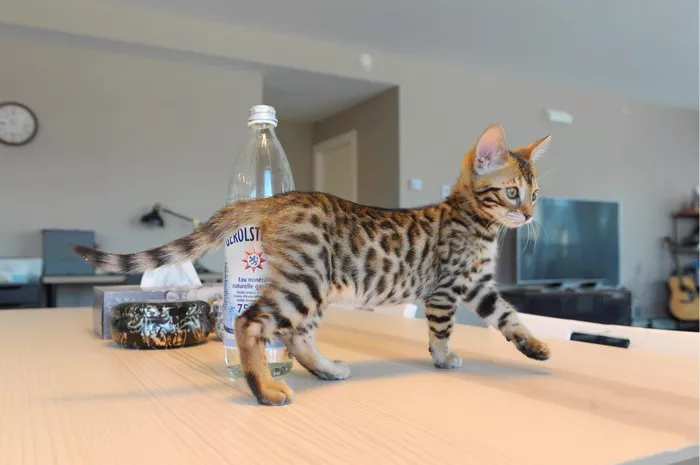Ragdoll cats are beloved for their gentle nature, striking blue eyes, and luxurious semi-longhair coats. As a breed known for their large size and muscular build, determining the ideal weight for Ragdoll cats is essential for maintaining their health and well-being. In this comprehensive guide, we explore the factors influencing Ragdoll cat weight, the importance of proper nutrition and exercise, and guidelines for ensuring your Ragdoll cat maintains a healthy weight throughout their life.
Ragdoll Cats
Breed Overview
Ragdoll cats are a popular and well-loved breed known for their affectionate personality and relaxed temperament. Originating in the United States in the 1960s, Ragdolls are characterized by their large size, sturdy build, and striking colorpoint coat patterns. They are often described as “gentle giants” due to their friendly disposition and tendency to go limp when picked up, hence the name “Ragdoll.”
Physical Characteristics
Ragdoll cats typically have large, muscular bodies with broad chests, strong legs, and substantial bone structure. They have medium to long semi-longhair coats that are soft and silky to the touch, with a full ruff around the neck and tufts of fur between the toes. Ragdolls come in a variety of colors and patterns, including seal, blue, chocolate, and lilac, among others, with distinct colorpoints on their ears, face, paws, and tail.
Factors Influencing Ragdoll Cat Weight
Genetics
Genetics play a significant role in determining the size and weight of Ragdoll cats. Like all cats, Ragdolls inherit their physical traits, including body size and build, from their parents. Breeding two Ragdoll cats with large, muscular frames is more likely to produce offspring with similar characteristics, including a higher weight range.
Age
The age of a Ragdoll cat can also influence their weight, with kittens typically weighing less than adult cats. Ragdoll kittens undergo rapid growth and development during their first year of life, gaining weight steadily until they reach their full adult size and weight. As cats age beyond adulthood, their metabolism may slow down, leading to potential weight gain if dietary and exercise habits are not adjusted accordingly.
Diet and Nutrition
Dietary factors play a crucial role in determining a Ragdoll cat’s weight and overall health. Feeding a balanced diet that meets their nutritional needs is essential for supporting healthy growth and maintaining an optimal body condition. Ragdoll cats require a diet rich in high-quality protein, essential fatty acids, vitamins, and minerals to support their large size and active lifestyle.
Activity Level
The activity level of a Ragdoll cat can impact their weight and muscle tone. While Ragdolls are known for their calm and laid-back demeanor, they still benefit from regular play and exercise to prevent obesity and maintain muscle mass. Providing opportunities for interactive play, such as chasing toys, climbing cat trees, and engaging in puzzle feeders, can help keep Ragdoll cats physically and mentally stimulated.
Understanding Ragdoll Cat Body Condition
Body Condition Score
Assessing a Ragdoll cat’s body condition involves evaluating their overall body shape, muscle tone, and fat distribution. The use of a body condition scoring system, such as a 5-point or 9-point scale, can help determine whether a cat is underweight, overweight, or at an ideal weight. A Ragdoll cat at an ideal weight should have a sleek and muscular appearance, with a visible waistline when viewed from above and a slight tuck-up in the abdomen.
Ragdoll Cat Weight Ranges
While there is no specific weight range that applies to all Ragdoll cats due to individual variations in size and build, adult Ragdoll cats typically weigh between 10 to 20 pounds (4.5 to 9 kilograms) or more. Female Ragdoll cats tend to be smaller and lighter than males, with average weights ranging from 8 to 15 pounds (3.6 to 6.8 kilograms), while male Ragdoll cats may weigh between 12 to 20 pounds (5.4 to 9 kilograms) or more.
Monitoring Weight Changes
Regularly monitoring your Ragdoll cat’s weight and body condition is essential for detecting any changes that may indicate underlying health issues or dietary imbalances. Sudden weight loss or gain, changes in appetite or energy levels, and alterations in coat quality or grooming habits should prompt a visit to the veterinarian for further evaluation and assessment.
Maintaining a Healthy Weight for Ragdoll Cats
Proper Nutrition
Feeding a balanced diet formulated for Ragdoll cats’ nutritional needs is essential for maintaining a healthy weight. Choose high-quality cat food that lists meat or meat-based protein as the first ingredient and avoids fillers, artificial additives, and excessive carbohydrates. Consult with a veterinarian or animal nutritionist for personalized dietary recommendations tailored to your Ragdoll cat’s age, weight, and activity level.
Portion Control
Practicing portion control is crucial for preventing overeating and obesity in Ragdoll cats. Follow the feeding guidelines provided on the cat food packaging, dividing the daily food allowance into multiple small meals throughout the day to prevent overindulgence. Avoid free-feeding or leaving food out continuously, as this can lead to excessive calorie intake and weight gain over time.
Regular Exercise
Encouraging regular exercise and physical activity is essential for keeping Ragdoll cats fit and healthy. Engage your cat in interactive play sessions using toys, laser pointers, or feather wands to stimulate their natural hunting instincts and promote physical exercise. Providing opportunities for climbing, jumping, and exploring can also help keep Ragdoll cats mentally stimulated and physically active.
Veterinary Care
Regular veterinary check-ups are essential for monitoring your Ragdoll cat’s overall health and weight status. Schedule annual wellness exams with a veterinarian, who can assess your cat’s body condition, perform diagnostic tests if necessary, and provide guidance on nutrition, weight management, and preventive care. Early detection and intervention are key to maintaining your Ragdoll cat’s health and well-being.
Conclusion
Maintaining a healthy weight is essential for the overall health and well-being of Ragdoll cats. By understanding the factors influencing Ragdoll cat weight, assessing body condition, and implementing proper nutrition and exercise, pet owners can help ensure that their Ragdoll cats live long, happy, and healthy lives. Regular veterinary care and monitoring are crucial for detecting any changes in weight or health status and addressing them promptly. With proper care and attention, Ragdoll cats can thrive and bring joy to their owners for many years to come.

